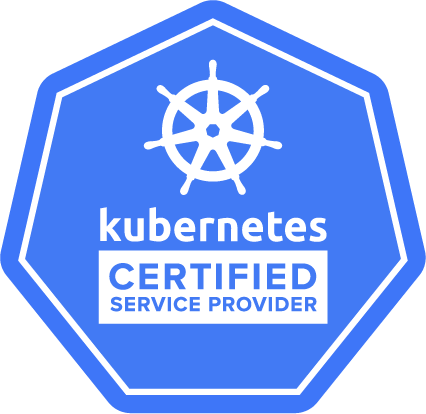I will use this newsletter edition to share progress on projects that we will release soon. The first one the team has been working on is adding ReadWriteMany (RWX) support for persistent volumes in Kubernetes to our LINBIT SDS offering.
Before enabling this on all your persistent volumes in Kubernetes, you need to understand what that involves. A ReadWriteOnce (RWO) volume becomes a DRBD resource with an ext4 or XFS filesystem. It is mounted on the Kubernetes node where Kubernetes runs the container(s) accessing the volume.
In contrast, an RXW volume is served from another set of containers as an NFS export. The containers using the RWX volume have an NFS mount. Under the hood, these other containers run the Ganesha NFS server, and they keep it highly available by using DRBD-reactor within that container set. We cannot use the Linux kernel NFS server because it cannot export different file systems via NFS over dedicated (service) IP addresses.
Naturally, this won’t deliver the same performance level as a local ext4/XFS mount on a DRBD device (RWO). It is a natural trade-off. You should only enable RWX when there is a need for that feature that justifies the performance sacrifice.
The other internal demo that impressed me was a DRBD-reactor prototype on Windows, keeping a Microsoft SQL server highly available. We can look forward to the announcements of these two features in the autumn.
Over to the LINBIT blog, we recently published ‘Backing up and Restoring Kubernetes Workloads by Using CloudCasa with LINSTOR.’ The blog post covers some of the features and benefits of using the CloudCasa data protection platform for Kubernetes (developed by Catalogic Software) with a LINSTOR deployment in Kubernetes. In addition to that, our post also provides very detailed and helpful step-by-step instructions for getting started.
Regarding the latest software updates, the team has released ‘WinDRBD 1.1.21,’ ‘linstor-proxmox v8.1.3,’ ‘LINSTOR GUI v1.9.9,’ and ‘drbd-utils v9.32.0.’


